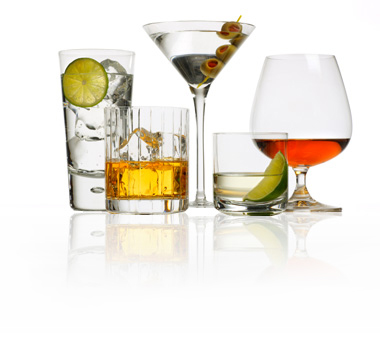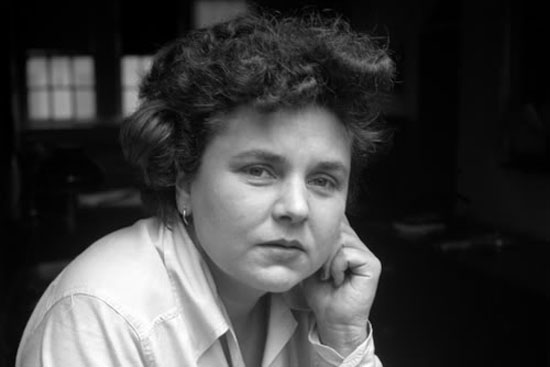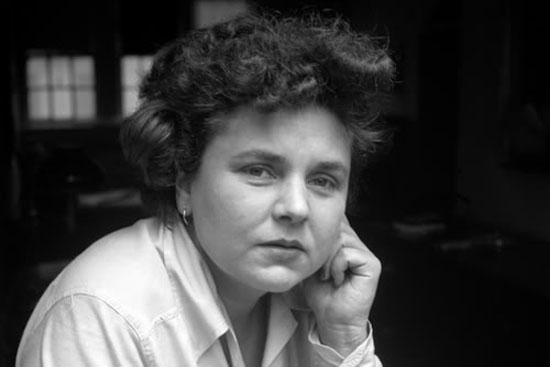“Before I Got My Eye Put Out” is one of the poems in Emily Dickinson’s literary capacity that accounts for the indispensable understanding of her aesthetic philosophy. It can be read as a poem through which Dickinson tries to bifurcate the realms of the physical reality and the spiritual truth. As the critics believe, Dickinson’s poetry is profoundly charged with ambiguous meanings, which make her readers incompetent in deriving a definitive interpretation; themes such as truth, infinity, and lightning can be considered herein. However, it should be noted that she explores these themes or subjects not to conclude but for the sake of exploring the “indescribable” subject matter, and it is this very originality in her work that accounts for her creativity.
About the Poet:
Emily Dickinson- One of the greatest American poets, born on December 10, 1830, in Massachusetts, who had an indelible influence on the twentieth century, is none other than the renowned name Emily Dickinson. Having led an isolated life, she was never discovered as a prolific writer until her death in 1886; it was only posthumously that her 1800 poems were unearthed. She is said to have made an ineffable mark in the history of English literature, for her poetry is seen to be set free from the conventional restraints; the absence of titles, unusual vocabulary, dense syntax, imperfect rhyming patterns are a few of the features that are seen all through her poetry. These linguistic characteristics make her oeuvre intriguing, reflecting the profundity of her intellectual capacity. And, simultaneously, they pose authentic difficulties to its readers, as at first, they tend to obscure rather than illuminate the meaning that Dickinson might have intended to propose. Another attribute to her poetic capacity is her way of expressing ideas. It can be noted that her poem is not the dissemination of any single idea but the movement between ideas or images.
Before I Got My Eye Put Out: Poetic Devices
Dickinson has been known to be incisive that employs various poetic devices in her poetry treflectects her playful but potent sense of indirection. Her use of imagery, dashes, and enjambment, in particular, are interesting, for they increase the uncertainty that is already present in her ambiguous subjects.
Imagery: In the very first stanza, Dickinson employs the image of creatures, and through this, she attempts to contrast the inherent difference between how humans perceive the world and how creatures see to it. When the speaker herein accepts the fact that when she had two eyes, she “liked as well to see,” she seeks to point this very contrasting difference as mentioned before. The use of “I got” in the first line is suggestive of the fact that the poet intends to make, and that is to induce the reader to believe that the speaker was actively involved in the removal of her own eye. And through the contrasting imagery used, it seems that the poet is suggesting a clearer vision that the speaker attains after she loses her eye, which supports her idea of seeing the truth slant.
In the second stanza, the readers find themselves encountering the image of the sky, the region of the atmosphere that seems limitless to the human eye. The poet herein uses the sky as the metonymy for the entire world to point at the fact of man’s inability to apprehend the universe, his powerlessness in possessing the sky, that which establishes the ultimate truth of transcendentalism.
In the third stanza, the poet has deployed the imagery of the meadows, the mountains, the forest, and stars to direct the fact that the speaker, like every other human creature, possesses a finite understanding of the universe. On the one hand, the poet proposes the idea of possessing something which is infinite, herein nature, and subsequently underlines the impossibility of accomplishing the same.
As the fourth stanza begins, “The Motions of the Dipping Birds-/ The Morning’s Amber Road,” we come along the infinite images that are being contradicted by the finite images, and hence creating ambiguity in the poem. Due to this prevalent element of ambiguity in Dickinson’s poetry, the reader has these and authentic difficulties as to whether the poet wants them to embrace the fantasy of the infinite or accept the virtual reality of the finite.
In the final fifth stanza, we see the image of the sun, the other infinite image with which the poet adds to the ambiguity. Herein the speaker proclaims her intention to turn away from these similar images. However, it can be noted explicitly that Dickinson does not end her poem with an ultimate proclamation and meaning.
Enjambment: “As other creatures, that have eyes-/ And know no other way”; “For mine, I tell you that my Heart/ Would split, for the size of me”; “For mine- to look at when I like,/ The news would strike me dead.”
Alliteration: “The Meadows-mine-/ The Mountains-mine-”
Before I Got My Eye Put Out: Summary
The poem “Before I Got My Eye Put Out” begins with a contrast between human perception and that of “other creature,” which Dickinson directs at the animals that do not possess the reasoning/ rational capacity. The stanza offers an insight into Emily Dickinson’s thought and understanding of nature and life, which remains out of the intellectual reach of a human being. The speaker seems to have intentionally “put out” her eye, which has given her the possibility to get closer to the spiritual realm, something that was nonviable to her with the physical vision.
In the next stanza, the speaker delineates the inability of human beings to possess the infinite world. As of now, when she has got the spiritual awakening, she no longer desires to have ownership of the sky, the infinite region of the universe. And she continues to say that the very thought of its possession would break her heart and be against her aesthetic thoughts.
In the following stanza, the speaker speaks about possessing the meadows, the mountains, the forests, and the stars with her eyes, which is impossible. This very imagery points at the ‘a prior desire of a human being, which is set into contrast with the desire of the illumined soul that rejects mental darkness favoring a spiritual delight.
In the fourth stanza, the poet employs another set of images, that of “The motions of the Dipping Birds” and of “The Morning’s Amber Road.” Having transcended to the metaphysical world, the speaker believes that even the sight of birds flight or the bright amber light of the morning on the dirt road would be fatal. And the poem concludes with an assertion from the speaker’s side who accepts that she would be safer if her soul becomes the only medium to experience the world; for to have a conversation with the metaphysical world, the divine truth, one needs to dismiss the physical vision as it remains inadequate in this process.
Before I Got My Eye Put Out: Theme
The poem under consideration, “Before I Got My Eye Put Out,” is an exposition of Dickinson’s understanding of the infinite, intangible world, the acquaintance of which is beyond the human capacity. She offers the infinite imageries of sky, meadows, mountains, forests, stars, and sun to redirect at the powerlessness of human beings before the mighty nature. And she concludes with a proposed idea, and that is: a human being, whose existence counts minutely in front of nature, can only communicate with the cosmos if he has transcended his physicality.
Before I Got My Eye Put Out: Central Idea
Physical darkness, which remains even when one has got the vision, is contrasted throughout the poem with the spiritually awakened vision, which can be realized only if one gets himself away from materialistic beauty and pleasures.
Before I Got My Eye Put Out: Tone
The tone of the poem keeps on changing throughout. In the beginning two stanzas, she uses a slow and mellow tone because she has lost sight. In the next two stanzas, the tone is rising, as she is seen as wondering about the infinite elements of nature. And subsequently, the poem ends with an astonishing tone since the speaker has come to realize now that the only possible means to approach the divine truth is through her very soul.
The poem seems to be portraying the personal experiences of Emily Dickinson since she has been acclaimed as an illumined soul, not just intellectually but spiritually as well. Though she kept herself secluded from the outer world, she attained an understanding of human nature through her artistically charged soul. And this very medium helped her to have communion with nature.
Some online learning platforms provide certifications, while others are designed to simply grow your skills in your personal and professional life. Including Masterclass and Coursera, here are our recommendations for the best online learning platforms you can sign up for today.
The 7 Best Online Learning Platforms of 2022
- Best Overall: Coursera
- Best for Niche Topics: Udemy
- Best for Creative Fields: Skillshare
- Best for Celebrity Lessons: MasterClass
- Best for STEM: EdX
- Best for Career Building: Udacity
- Best for Data Learning: Pluralsight
















